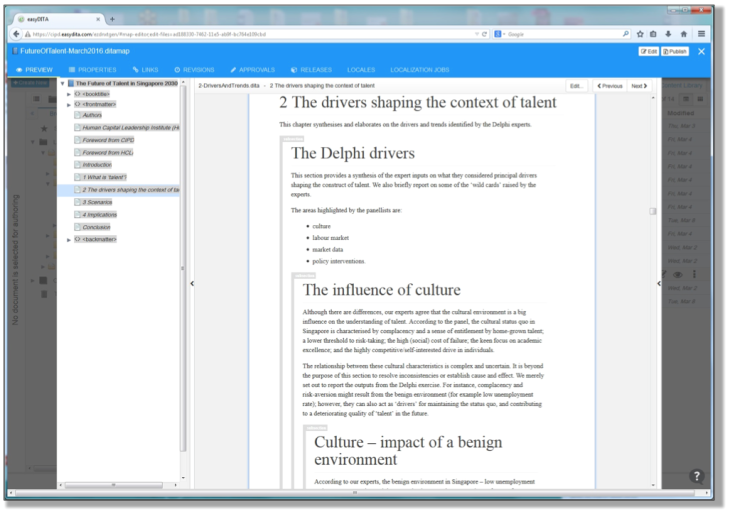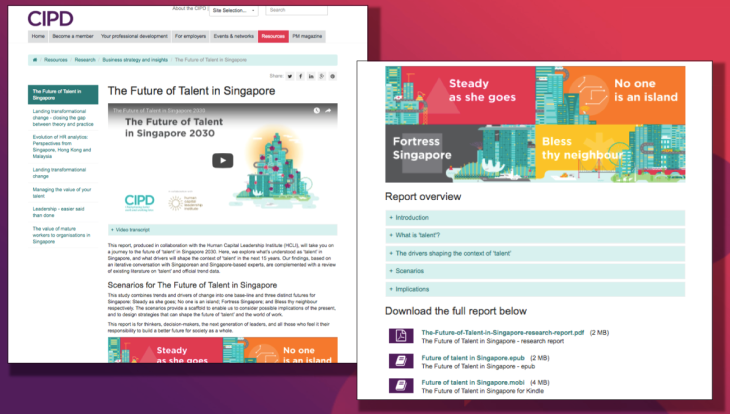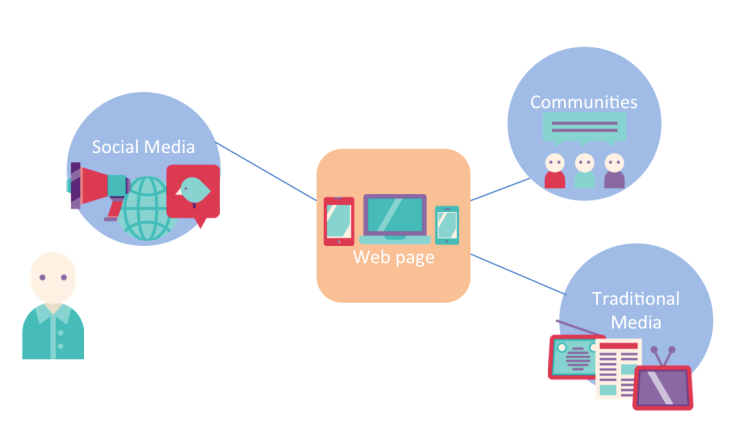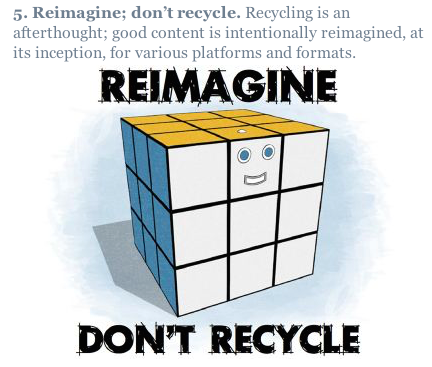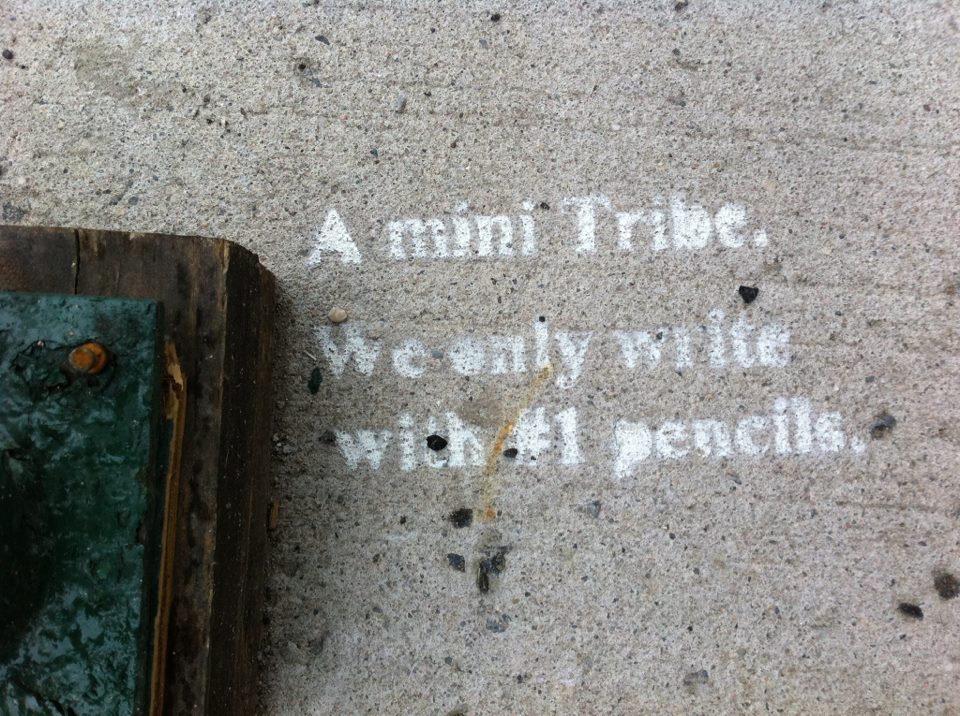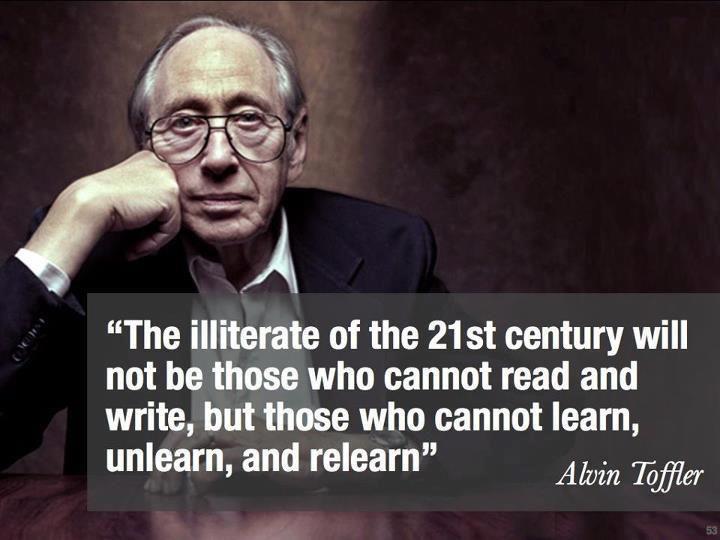I am a political animal. From the moment I began to articulate my political values in my early teens I have always been a creature of the progressive Left. But this is not a political blog.
But today it is. Today I find the the personal, the professional and the political cannot be compartmentalised. Perhaps they never can.
As I wake ridiculously early on day two of our new post-Brexit world, I find myself reflecting on yesterday’s events and some of the broader implications for the world of work.
I spent some of yesterday on social media trying to find some articulation of hope and resolution amongst the confusion and despair. I found it in Caroline Lucas’s video – shot and posted in the early morning light. In her Huff post article posted later in the day. And I found it in Rhiannon Lucy Cosslett’s call in the Guardian for the young – those who will be most affected by this historic vote – to mobilise, politicise and fight.
But I also found it at work.
Three things that came into very sharp focus for me yesterday were:
- True business agility is built on internal capability
- An agile workforce is a flexible, international workforce, and
- I am proud to work for the CIPD
True business agility is built on internal capability
CIPD is a knowledge business. We produce and provide content that supports our membership and the wider Human Resource and Learning and Development profession.
I am a huge advocate of building internal capability, particularly digital capability. I have always believed that having such a capability in-house is vital to help us respond to business threats and opportunities.
Businesses should ask themselves: what are our core digital needs, and how do we develop and deploy them most successfully? Well of course at CIPD we have many core digital needs, but one of them is the ability to successfully communicate our message and to reach as wide an audience as possible.
And the ability to do that well and do it quickly.
Over the past year we’ve been building our internal video production capability. Today video is such a potent and important medium that it’s imperative that we can produce, embed and distribute high quality video.
With no budget. And with limited resource.
There’s a post coming up on this soon, so I won’t go into the details of how we’ve set that up here and now. But suffice to say that over the past year we have developed a team of people at CIPD who – on top of their core roles – can do this. And do it quickly.
Yesterday, as CIPD’s Editorial and Communications teams worked out our response to the UK’s decision to leave the EU, we found ourselves on the front foot.
The external agency that we often use to produce ‘corporate’ videos was not available for days. So we called on the internal team.
It took a little less than two hours to film, edit and post a video of our CEO Peter Cheese addressing members’ Brexit concerns and questions and re-stating CIPD’s vision.
Within hours we got our powerful message out there to our members and to our community.
And what is that message? An agile workforce is a flexible, international workforce.
An agile workforce is a flexible, international workforce
It’s something CIPD has been saying for years. We have an accumulation of research, evidence and experience to back up our claim.
We know that it is vital that the UK has access to a flexible, international workforce to plug the skills gap. It is important for business and for our wider society. And it is particularly important in the emerging technology sector (see Techcrunch’s recent post on Brexit fears amongst London’s digital start ups).
Much of London’s success as an economic powerhouse is due to that agglomeration – that coming together – of talent from across the UK, the EU, and beyond.
The Digital Production team and the CIPD as a whole includes many colleagues who were not born in the UK, but who have made it their home. We rely on their considerable skills, their enthusiasm, their passion, their talent.
I am proud to work for CIPD
On Friday 24 June, in responding to the news, colleagues at CIPD really nailed all of our PACE values: expertise, agility, collaboration and a sense of common purpose.
Purpose: so important to unlocking that discretionary effort. Vital for our own self-motivation and to motivating the teams we lead and/or work with.
CIPD’s purpose is to Champion Better Work and Working Lives. Our mission is to help shape the debate around work in the modern world. And – in an increasingly uncertain but connected age – to make work meaningful, to the benefit of the individual, Business and society as a whole.
When our CEO Peter Cheese responded to the EU Referendum results yesterday – in text, in video and in person – he re-iterated that purpose.
Championing Better Work and Working Lives means championing a flexible, international workforce.
[A] key element of our flexible labour market is that it enables employers to access or bring in skilled and unskilled workers from outside the UK to help support business growth and address labour shortages in our public services. It is important that this is not forgotten in any reform of the immigration system. …it is vital the Government continues to focus working with all constituencies on the very real and strategic challenges that continue to threaten the UK’s prosperity in future years, namely the productivity, skills and employment agendas.
Peter Cheese quoted in the CIPD Press Office Briefing, 24 June 2016.
Over the coming months and years, as the UK and the EU works out what Brexit actually means, CIPD will use its evidence and its experience to influence government policy and the wider debate on immigration and flexible labour markets.
Now we’re really talking about the communication of valuable ideas here!
And finally…
A friend of mine recently sent me a quote from Viktor Frankl’s holocaust memoire, Man’s Search for Meaning.
Everything can be taken from a man but one thing: the last of the human freedoms – to choose one’s attitude in any given set of circumstances, to choose one’s own way.
We choose our response to events in life. We either choose despair and we give up, or we choose hope and we fight on.
Yesterday I found hope amongst the chaos.
The video
You can see the video at https://www.youtube.com/watch?v=hqqWh6XvfMQ.



